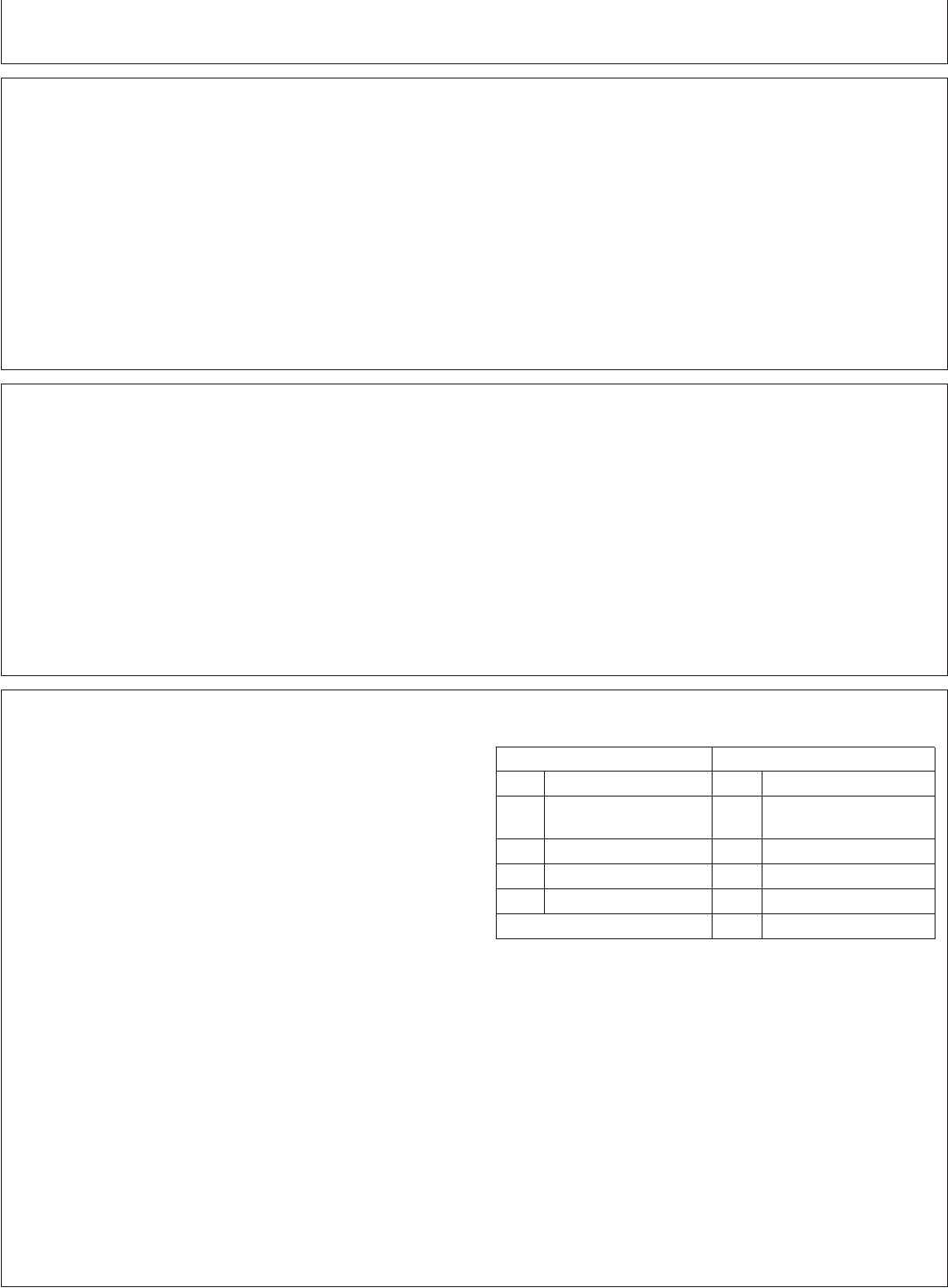
Ballast
PY80265,05GO866 –19–10SEP05–1/1
Planning for Maximum Productivity
Proper ballasting is an important factor in tractor
performance. maximum productivity can be achieved
only if tractor weight is appropriate for the job.
John Deere FMO (Fundamentals of Machine
Operations) Tractors, discusses methods of
determining correct tractor weight and ballast selection.
FMO-Machinery Management includes information on
tractor and implement matching and increasing
productivity. .
Your John Deere dealer can assist you with
information on these subjects.
PY80265,05GO867 –19–10SEP05–1/1
Selecting Ballast Carefully
Match amount of ballast needed for each job. What is
right for one job may be wrong for another job. Ballast
for traction and stability.
Factors determining amount of ballast:
• Soil surface-loose or firm.
• Type of implement-integral/semi-integral or towed.
• Travel speed-slow or fast.
• Tractor power output-partial or full load.
• tyres-single, oversize, or dual.
PY80265,05GO868 –19–10SEP05–1/1
Matching Ballast to Load Work
Use no more ballast than necessary, and remove
ballast when it is no longer needed.
Rather than weighing tractor down to pull heavy loads,
try to reduce load. Pulling a lighter load at a higher
speed is more economical and more efficient.
The best way to check for correct ballast is to measure
amount of travel reduction (% slip) of the drive wheels.
Under normal field conditions, travel reduction should
be 10—15 percent.
Add more weight to drive wheels if slip is excessive. If
there is less than 10 percent slip, weight should be
removed.
Too Little Ballast Too Much Ballast
1. Excessive wheel slip 1. Increased load
2. Power loss due to 2. Power loss due to
churning soil carrying extra weight
3. tyre wear 3. tyre strain
4. Fuel waste 4. Soil compaction
5. Lower productivity 5. Fuel waste
6. Lower productivity
70-1
022607
PN=71


















